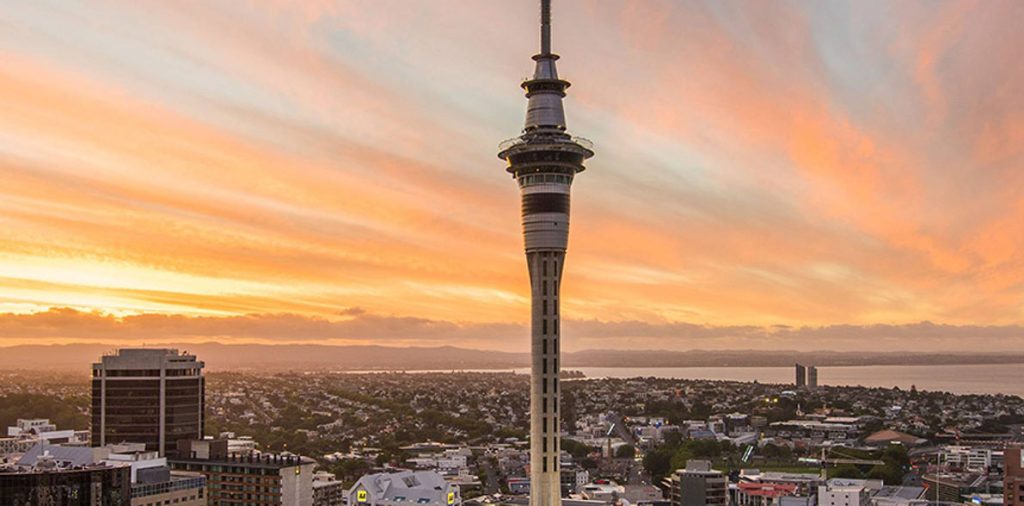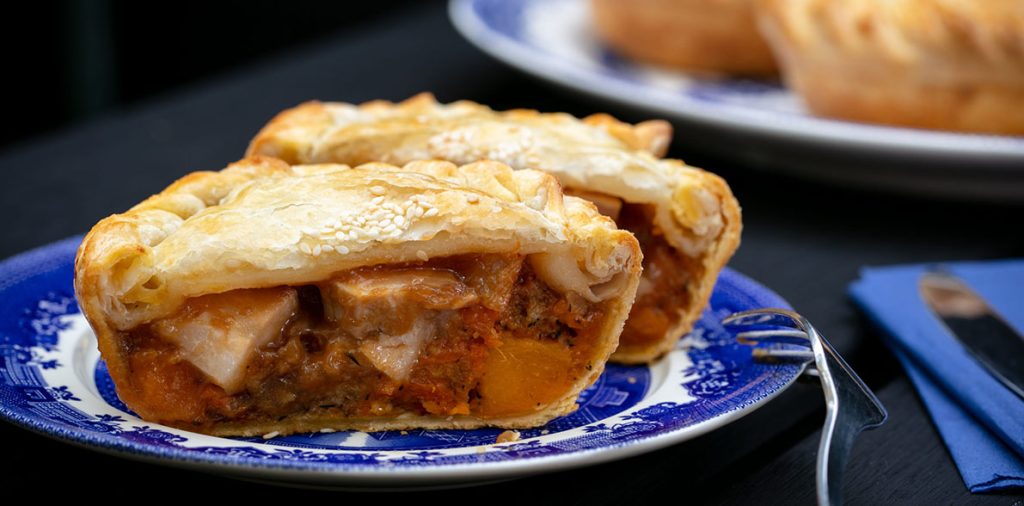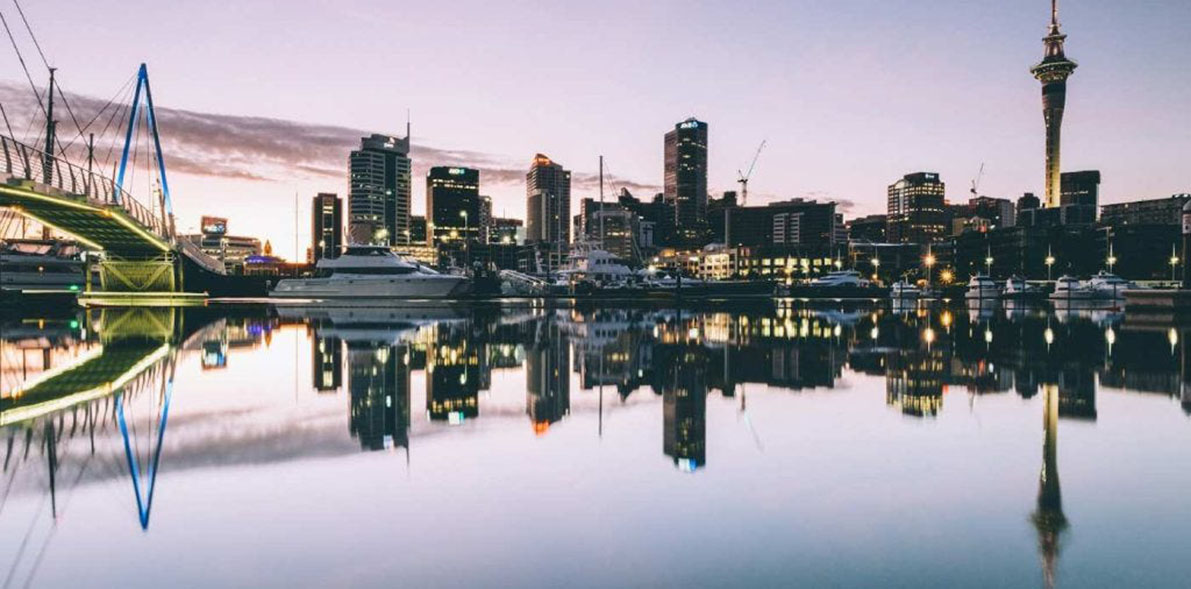In this post, I’ll take you through my recent adventure exploring Auckland, New Zealand. From practical tips on travel gear and local customs to recommendations on must-see attractions and delicious street food, I’ve got you covered with everything you need to know for an unforgettable trip to Auckland.
Travel Gear and Attire
Travel Essentials
Packing for Auckland requires a blend of comfort and versatility. Here are some essential items I recommend:
– Clothing: Auckland’s weather can be changeable, so pack layers including light sweaters, a waterproof jacket, comfortable walking shoes, and swimwear if you plan to visit the beaches.
– Travel Adapter: New Zealand uses Type I power sockets, so don’t forget to bring a suitable adapter for your electronic devices.
– Daypack: Ideal for carrying essentials during day trips and hikes.
– Sun Protection: Sunscreen, sunglasses, and a hat are essential, as the sun in New Zealand can be strong.
Suitable Attire
Aucklanders generally dress casually, but smart casual attire is appropriate for nicer restaurants or evening outings. Comfortable shoes are a must for exploring the city on foot.
Currency Exchange and SIM Cards
Currency Exchange
New Zealand’s currency is the New Zealand Dollar (NZD). Currency exchange services are available at Auckland Airport and throughout the city. Major credit cards are widely accepted, but it’s good to have some cash for smaller purchases and markets.
Getting a Local SIM Card
Upon arrival at Auckland Airport, you can easily purchase a prepaid SIM card from providers like Vodafone, Spark, or 2degrees. These SIM cards offer various data and calling packages suitable for tourists. Just ensure your phone is unlocked to use a New Zealand SIM card.
Local Etiquette and Experiences
Etiquette Tips
– Greetings: Kiwis are friendly and greet each other with a handshake and a smile. A simple “Kia ora” (Maori for hello) is also appreciated.
– Respect for Nature: New Zealanders have a strong connection to their environment, so it’s important to respect nature and wildlife.
– Tipping: Tipping is not customary in New Zealand, but it’s always welcomed for exceptional service.
Personal Experience
During my visit, I experienced the warmth of Kiwi hospitality firsthand. While hiking in the Waitakere Ranges, I accidentally dropped my water bottle. A local hiker not only picked it up for me but also struck up a conversation about the best trails in the area. This gesture encapsulated the friendliness and helpfulness that is typical of New Zealanders.
Recommended Tourist Attractions
1. Auckland Sky Tower
– Overview: Iconic landmark offering panoramic views of the city.
– Activities: SkyWalk, SkyJump, observation deck.
– How to Get There: Located in the CBD, accessible by foot or public transport.
– Tips: Book tickets online to avoid queues, especially during peak hours.

– Overview: Picturesque island known for its vineyards and beautiful beaches.
– Activities: Wine tasting, beach hopping, hiking.
– How to Get There: Ferry from downtown Auckland (approx. 35-minute ride).
– Tips: Plan a full day to explore; book wine tours in advance.
3. Auckland War Memorial Museum
– Overview: Museum showcasing New Zealand’s history and Maori culture.
– Activities: Cultural performances, exhibits, Maori artifacts.
– How to Get There: Located in Auckland Domain, accessible by public transport or car.
– Tips: Check the museum’s website for guided tours and special events.
4. Piha Beach
– Overview: Famous black sand beach popular for surfing and scenic beauty.
– Activities: Surfing, hiking (Lion Rock), picnicking.
– How to Get There: Drive from Auckland (approx. 45-minute drive).
– Tips: Check surf conditions before heading out; swim between the flags for safety.
Popular Street Eats and Food Safety Tips
Must-Try Street Foods
– Fish and Chips: Freshly caught fish served with crispy fries, often wrapped in paper for takeaway.
– Meat Pies: Savory pies filled with minced meat and gravy, a Kiwi favorite.
– Hangi: Traditional Maori method of cooking food underground, often available at cultural events.

– Ice Cream: New Zealand is known for its delicious ice cream, often with unique flavors like hokey pokey.
Street Food Safety Tips
– Cleanliness: Choose vendors with clean food preparation areas and good hygiene practices.
– Freshness: Opt for food that is cooked fresh in front of you.
– Allergies: If you have allergies, inquire about ingredients used in dishes.
Transportation in Auckland
Public Transport
Auckland offers a reliable and convenient public transportation system, primarily operated by Auckland Transport (AT). Here’s what you need to know:
– Buses: Auckland has an extensive bus network that covers the city and surrounding suburbs. Buses are equipped with digital displays showing upcoming stops and accept AT HOP cards, which offer discounted fares compared to cash payments.
– Trains: The Auckland train network connects the city center with suburbs like Henderson, Manukau, and Papakura. Trains are a comfortable way to travel longer distances within Auckland and accept AT HOP cards for fare payment.
– Ferries: Auckland’s iconic ferry services connect downtown Auckland with islands like Waiheke, Rangitoto, and Devonport. Ferries depart from the downtown ferry terminal (Ferry Building) and provide scenic views of the Auckland Harbor.
AT HOP Card
The AT HOP card is a reusable smart card that allows seamless travel across Auckland’s public transport network. Benefits of using an AT HOP card include:
– Discounted Fares: AT HOP cardholders enjoy discounted fares compared to cash payments on buses and trains.
– Convenience: The card can be topped up online, at ticket machines, or at authorized retailers across Auckland.
– Flexibility: It can be used on buses, trains, and ferries, providing a convenient way to explore Auckland’s attractions.
Taxi and Ride-Sharing Services
– Taxis: Taxis are readily available in Auckland’s city center and can also be booked in advance. They are a convenient option for short trips or when traveling with luggage.
– Ride-Sharing: Uber and other ride-sharing services operate in Auckland, offering an alternative to traditional taxis. They provide flexibility in terms of pickup locations and payment methods.
Renting a Car
For those preferring to explore Auckland and its surroundings at their own pace, renting a car is a viable option. Rental car companies have offices at Auckland Airport and throughout the city. Considerations when renting a car include:
– Driving Regulations: New Zealand drives on the left-hand side of the road. Familiarize yourself with local road rules and signage before driving.
– Parking: Parking spaces in downtown Auckland can be limited and expensive. Look for public parking buildings or street parking zones with pay-and-display meters.
Cycling
Auckland is increasingly becoming more cycle-friendly with dedicated cycle lanes and shared paths. Cyclists can explore the city’s waterfront and parks on bike. Some considerations for cycling in Auckland include:
– Cycle Hire: Several bike rental shops offer a range of bicycles suitable for urban cycling or off-road trails.
– Safety: Wear a helmet, obey traffic rules, and use designated cycle lanes where available.
– Bike Tours: Guided bike tours are available, offering insights into Auckland’s history, culture, and scenic spots.
Traveling from Auckland Airport
Auckland Airport (AKL) is the main gateway to New Zealand and is located approximately 20 kilometers south of Auckland’s city center. Options for traveling from the airport include:
– Airport Bus Services: The SkyBus operates between Auckland Airport and the city center, with multiple stops including major hotels and transport hubs.
– Taxis and Shuttles: Taxis and shuttle services are available from outside the arrivals area. Pre-booking a shuttle can be cost-effective, especially for groups or families.
– Rental Cars: Major car rental companies have desks at Auckland Airport, allowing travelers to pick up their vehicles upon arrival.
Eco-Friendly Options
Auckland promotes sustainable transport options, including electric buses and initiatives to reduce carbon emissions. Consider using public transport, cycling, or walking to explore the city while minimizing your environmental impact.
Tips for Getting Around Auckland
– Plan Ahead: Check transport schedules and routes using Auckland Transport’s website or apps to optimize your travel.
– Peak Hours: Avoid traveling during peak times (typically weekday mornings and evenings) to reduce congestion.
– Safety: Stay alert and mindful of your surroundings, especially when using public transport or cycling in unfamiliar areas.
By utilizing Auckland’s efficient transport options, you can explore the city and its attractions conveniently while immersing yourself in its vibrant culture and stunning landscapes. Enjoy your journey through Auckland, where every commute offers a chance to discover something new!
Planning Your Itinerary and Budget Adjustments
Itinerary Planning
– Day 1: Explore Auckland CBD, visit Sky Tower, and dine at local eateries.
– Day 2: Take a ferry to Waiheke Island, enjoy wine tasting, and relax on the beaches.
– Day 3: Visit Auckland War Memorial Museum and have lunch at nearby restaurants.
– Day 4: Drive to Piha Beach, surf or hike Lion Rock, and enjoy a beachside picnic.
Budget Tips
– Accommodation: Book hotels or hostels in advance to secure the best rates.
– Transport: Use Auckland’s efficient public transport system or rent a car for day trips.
– Dining: Try a mix of street food and dining out; set aside a budget for special dining experiences.
Travel Insurance
Auckland is a city that captivates with its natural beauty, rich culture, and delicious cuisine. Whether you’re exploring its vibrant neighborhoods, relaxing on pristine beaches, or indulging in local delicacies, Auckland promises an unforgettable journey.
